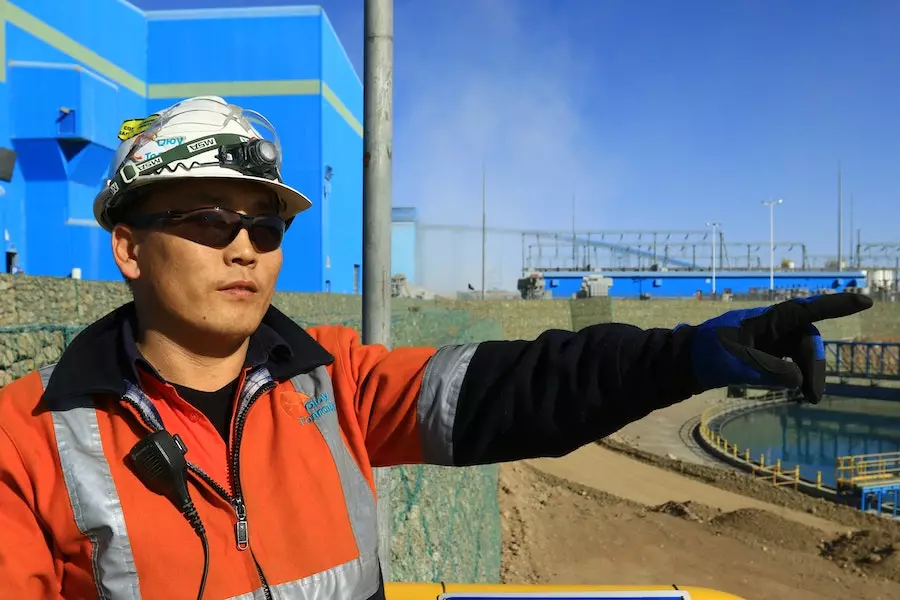An Advanced Guide To Monitoring Concrete Development
Share
Regarding construction, concrete development is one of the most important things to monitor. Concrete is versatile, and used for many different purposes, from foundations to floors. As a result, it is essential to ensure that concrete is properly cured and monitored to meet all the necessary specifications. There are several methods to monitor concrete development.
Visual Inspection
This is the most common method of monitoring concrete development. A visual inspection is carried out by trained professionals or by laypeople. The advantage of visual inspection is that it is relatively quick and easy to do. The disadvantage is that it is subjective and may only sometimes identify all potential problems.
Non-Destructive Testing (NDT)
NDT is a group of testing methods that do not damage or destroy the tested material. Some examples of NDT methods include ultrasonic testing, X-ray testing, and magnetic particle testing. The advantage of NDT is that it identifies problems that would not be visible during a visual inspection. The disadvantage is that NDT is expensive and time-consuming.
Destructive Testing (DT)
DT involves damaging or destroying the material being tested to assess its quality. Some examples of DT methods include compressive strength testing and flexural strength testing. The advantage of DT is that it accurately assesses the material’s quality. The disadvantage is that DT is only carried out on a small sample size, so it may not represent the entire concrete batch.
Tips For Choosing A Method
There are several factors to consider when choosing a method for monitoring concrete progress.
The Type of Structure Being Built: When choosing a monitoring method for concrete development, it is important to consider the structure being built. Different structures will require different monitoring procedures, which may involve advanced methods such as strain gauging, temperature sensing, and ground penetrating radar.
Furthermore, other factors such as site location, environment, and load or capacity requirements must be considered when picking an appropriate monitoring strategy for the specific structure being constructed. This approach will ensure that the best possible method is chosen for the particular job and allows concrete development to be properly monitored, safely, and efficiently.
The Size of the Structure: Another tip to ensure success is to assess the size of the structure to determine which monitoring option is best suited. Manual methods may be adequate for smaller structures, while larger projects may require more advanced methods such as Structural Health Monitoring (SHM). Before making a decision, research the capabilities of each monitoring method and consider whether it meets the project’s specific requirements.
By carefully weighing these factors and choosing an appropriate solution, construction managers ensure the project runs smoothly and safely with minimal disruption or potential hazards.
The Budget For Monitoring
When selecting a monitoring method for the projects, another important tip to remember is to assess the project budget first. Determine how much is available for this process, from purchasing equipment to accounting for expert labor hours. Pay attention to spending and find a method that meets the needs and financial demands. Doing so ensures successful and effective monitoring results without overspending on development projects.
Monitoring concrete progress is essential for ensuring the safety of workers and assessing the quality of finished products. Many different methods are available for monitoring development, each with its own advantages and disadvantages.

















